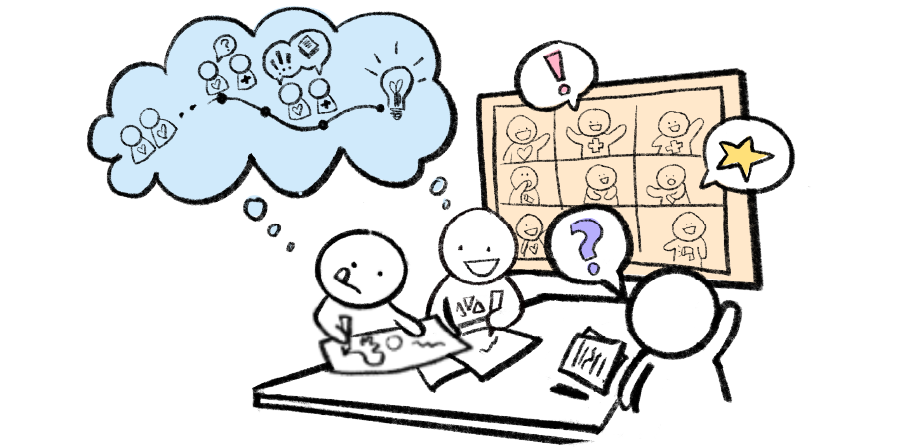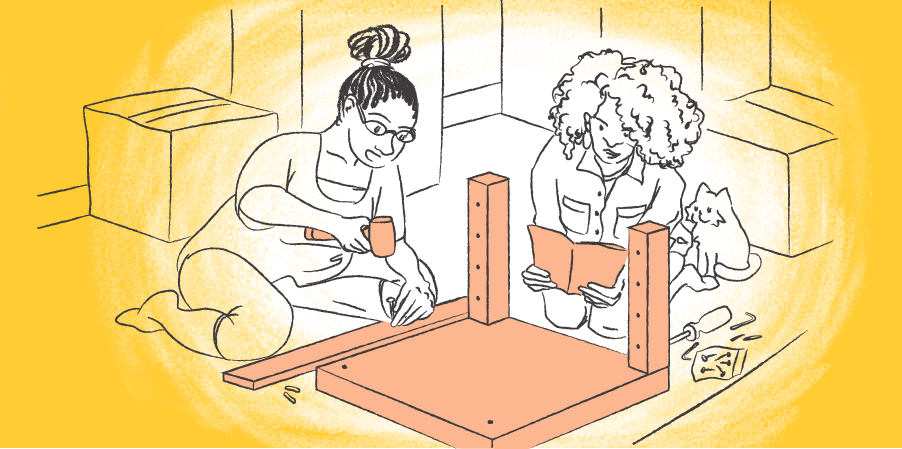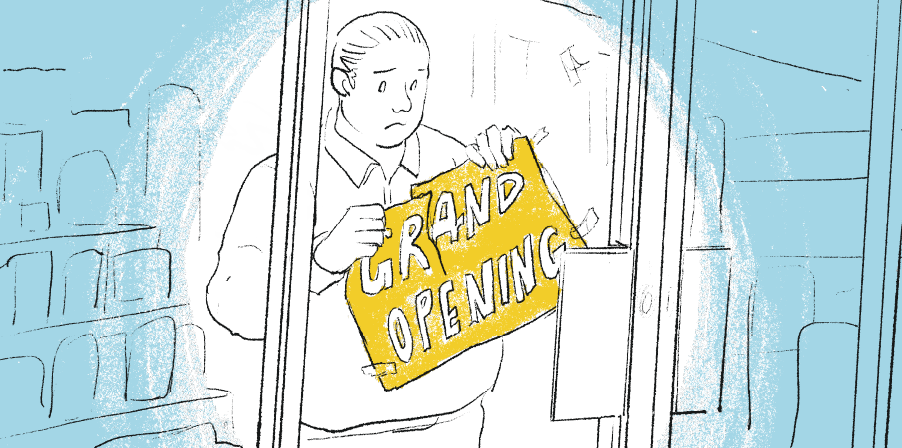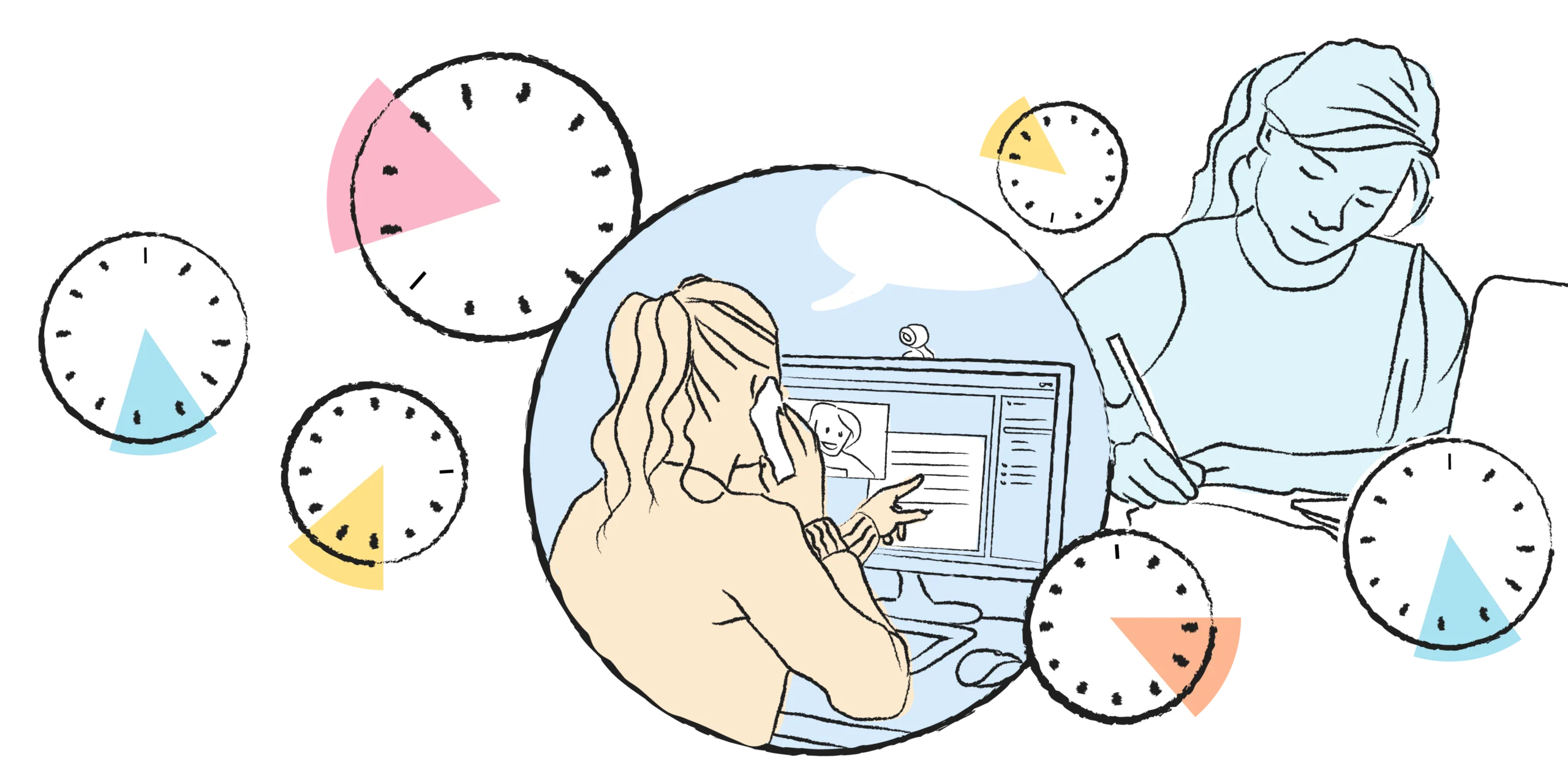We did a strange thing earlier this month: we were running some co-creation workshops for a biotech client, so we flew across the continent and spent a week away from home in order to facilitate the sessions…on Zoom.
On its face, it seems like an illogical thing to do. The primary benefit of a video meeting is that everyone saves the time, money, and hassle associated with travel. To make sense of why we travelled for a Zoom session, you have to unpack two things: (1) the real purpose of co-creation workshops, and (2) industry-specific constraints in pharma and biotech.
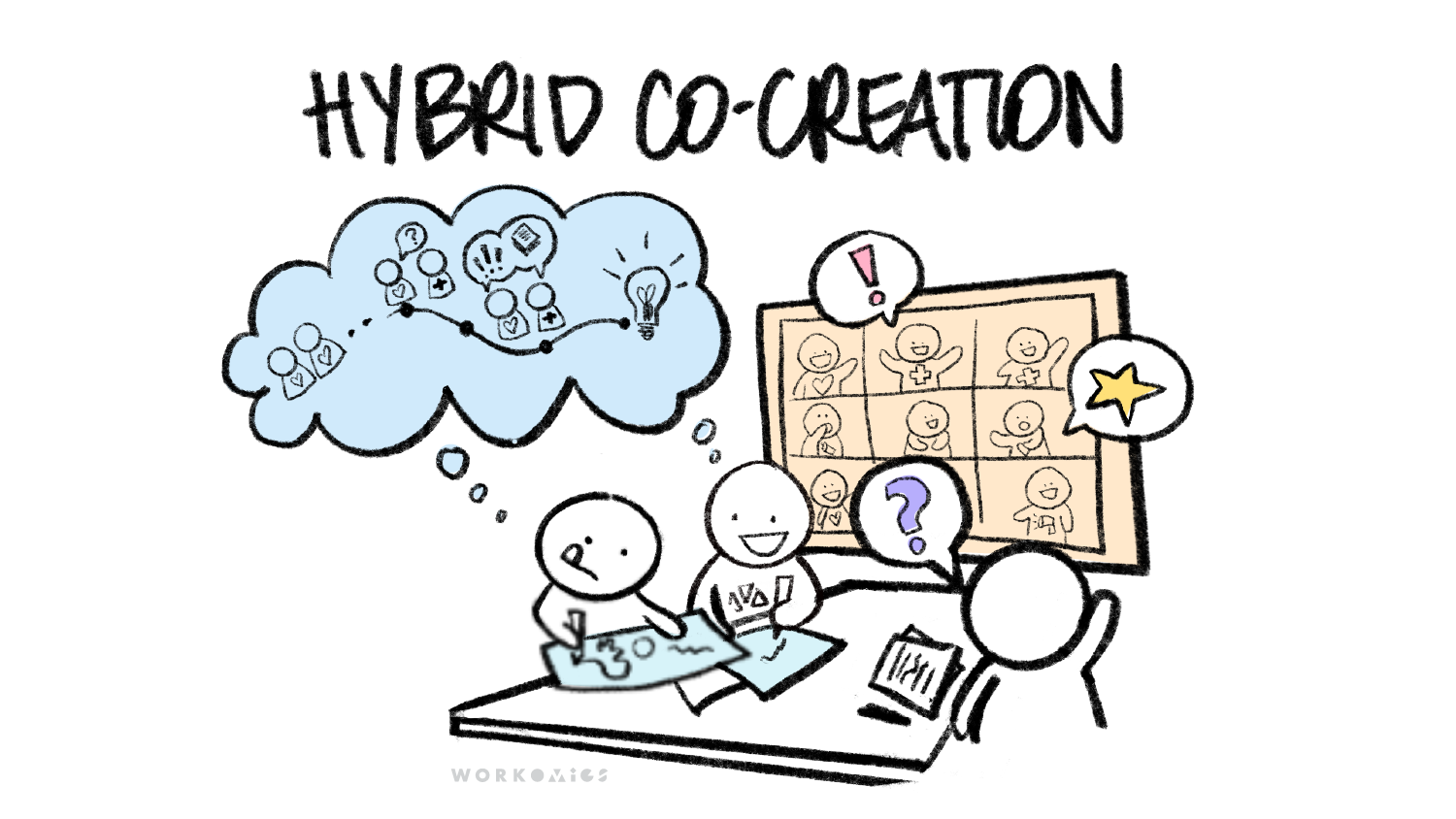
What is a co-creation session for?
Let’s stop over at ChatGPT to get a sense for how co-creation is commonly understood. The model listed four benefits to co-creation:
Enhanced Innovation: Tapping into a wider pool of ideas can lead to more creative and effective solutions.
Better Market Fit: Products and services are more likely to meet customer needs since they are involved in the creation process.
Increased Customer Loyalty: Customers who participate in co-creation often develop a stronger attachment to the brand.
Risk Reduction: Early and continuous feedback helps identify potential issues before they become significant problems.
True! Those are often outcomes of co-creation. But they aren’t really the goals of co-creation — they are more like the side effects. The driving reason to engage in co-creation is to create alignment across disparate stakeholders. Your main output is not just the new ideas that you co-created: it’s the shared intention to turn new ideas into reality.
The shared intention from co-creation is not surface-level, about a concept or a general direction. When co-creation is done well, you work through all the sticky wickets live in the session, with all the necessary stakeholders around the table. (That is how the risk reduction and improved market fit happen). Through the session, a shared intention emerges around something detailed and specific; to make particular trade-offs; to prioritize some outcomes over others.
A specific, detailed shared intention is incredibly valuable because it allows you to move more quickly to implementation. In the corporate world, it’s rarely technical feasibility that slows things down. It’s the time it takes to get all the stakeholders aligned on what we’re doing and why. Co-creation gets everyone on the bus in a concentrated burst of collaboration. It builds momentum and clarity.
If you are a smaller, nimble organization, able to make decisions quickly and implement without red tape, co-creation is probably not for you! There are more effective ways to innovate, to understand customers’ needs, to build loyalty, to reduce risk. But for a larger organization, or one operating in a regulated environment, then a co-creation can be well worth the time and energy. It is a super tool for aligning an organization around a shared intention.
Co-creation in pharma and biotech
Pharma and biotech also benefit disproportionately from co-creation because of the sheer complexity of the healthcare system. There isn’t a single “customer,” but rather a diverse array of external stakeholders operating in ways that are at once fragmented and interdependent. Depending on the topic, a co-creation might include any or all of:
-
Patients and caregivers with relevant diagnoses
-
Physicians with varying perspectives — referring vs. treating, academic vs. community, specialist vs. generalist.
-
Allied health professionals like nurses, pharmacists, and social workers, who play a key role in educating patients, administering therapies, and handling the psychosocial aspects of treatment.
-
Administrative staff who coordinate care and help patients and caregivers navigate reimbursement.
-
Payers and other stakeholders involved in reimbursement, including private health insurers, governments, hospital finance departments, or employers with self-funded plans.
-
Patient advocacy groups and professional societies who support patients and professionals and engage in policy discussions around a particular disease state or specialty.
Each of those stakeholders plays a role in a patient receiving a therapy, and each has a unique set of perspectives, constraints, priorities. Co-creating with any one kind of external stakeholder can help life sciences companies deliver a tactic or offering that is more useful and sees greater uptake. Co-creating with multiple external stakeholders is even more powerful: you can craft an integrated go-to-market strategy that meets the needs of multiple stakeholders.
The in-person dilemma
Unfortunately, in pharma and biotech, in-person sessions can be uniquely challenging. Especially in rare disease or newer treatment modalities, it can be hard to find participants with the necessary experience. Patients with serious illness or compromised immune systems may not be able to travel. Clinicians and support staff struggle to take time out of clinic without impacting patient care. Sometimes those barriers are surmountable, and other times your choice is virtual or nothing.
Back to our transcontinental travel to facilitate Zoom sessions. This was one of those cases where the specifics meant our external participants had to be virtual. But. It’s shared intention amongst the internal stakeholders that speeds up implementation: the alignment between the cross-functional partners who help make things happen, and the medical, legal, and regulatory reviewers who ensure compliance.
Past experience has shown that internal stakeholders lose the most when a workshop moves online. The virtual sessions blend into people’s day-to-day, and internal folks are more likely to get pulled out, or keep one eye on their email. You end the session with way less internal alignment. Meanwhile, internal stakeholders can easily get to a central location for a face-to-face session. Most are local, and those who are not are accustomed to flying into head office for a few days at a time.
So, we hopped on a plane for a hybrid co-creation. During sessions with internal and external participants, we were all logged in to our individual laptops for a fully virtual session. But before and after, during breaks and end-of-day debriefs, the internal team was physically together. Through a combination of casual conversations over meals and structured debriefs, we discussed emerging ideas, and identified additional risks, ambiguities, and trade-offs for the next virtual block.
Hybrid co-creation has been a real game-changer. Remote sessions are great for including people who would be unable to travel for a face-to-face session. But by nonetheless bringing the internal stakeholders physically together, we really feel like we’re getting the best of both worlds: the diversity of ideas from a broad set of external participants, and the momentum and clarity of shared intention for the internal team.
Our other ideas worth exploring
GenAI, capitalism, and human flourishing
How capitalism breaks down in the face of GenerativeAI, and why we need to find ways to optimize for human flourishing.
Balancing the pursuit of new
Organizations tend to focus on building new things. But there is a season to turn inwards, prioritizing and optimizing what already exists.
Figuring out Flexible Work
At Workomics, our work is flexible-by-design. Our policy is non-prescriptive on when work happens and how much of it you need to do.

